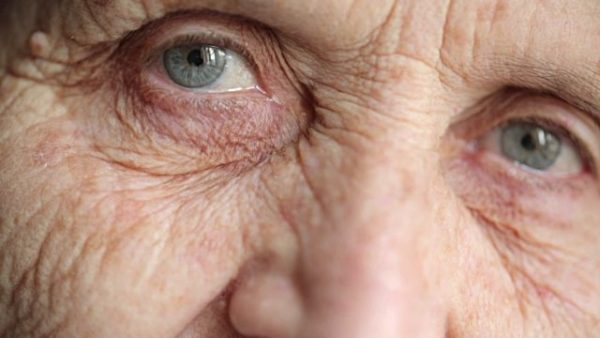In the face of current demographic changes, aging is a serious public health problem: by 2050, the proportion of the global population aged 60 years and over will almost double. Recently, researchers in the Department of Development and Stem Cell Biology of the Pasteur Institute have identified key proteins related to aging and clarified the mechanism of aging, which may help to delay the aging process in humans. Currently,…
Mechanism of Human Immune Dysregulation Induced by Roquin-1 Protein Mutation Unveiled
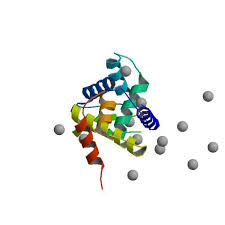
Recently, researchers from Ghent University Hospital in Belgium published an article entitled “A human immune dysfunction syndrome characterized by severe hyperinflammation with a homozygous nonsense roquin-1 mutation” in Nature Communications. By studying a case of the hyperinflammatory syndrome with a homozygous nonsense mutation in Roquin-1, they discovered the mechanism of human immune dysregulation triggered by mutations in Roquin-1 protein, which may provide a new approach for the diagnosis and treatment…
Protein Scaffolds Found to Play a Key Role in Repairing DNA Breaks
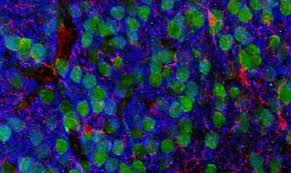
Recently, researchers from the University of Copenhagen in Denmark have discovered how certain types of proteins keep damaged DNA stable, thereby preserving its function and integrity. The new findings also explain why people with congenital or acquired defects in certain proteins cannot keep their DNA stable and develop diseases such as cancer. The results were recently published in Nature under the title “Stabilization of Chromatin Topology safeguards genome integrity”. …
Key Protective Proteins Affect the Prognosis of Patients with Type 2 Diabetes Isolated Recently
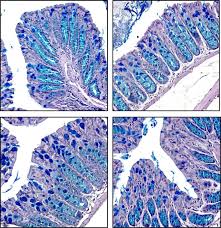
Recently, scientists at Trinity College Dublin have identified for the first time a family of proteins that may be directly linked to lower blood sugar levels in obese patients with type 2 diabetes. The results of this study show that patients with type 2 diabetes who have higher levels of IL-36 cytokines tend to have lower blood glucose levels, suggesting that these proteins (IL-36) may better control blood glucose levels…
RGS4 Found to Maintain Chronic Pain Symptoms in Rodent Models
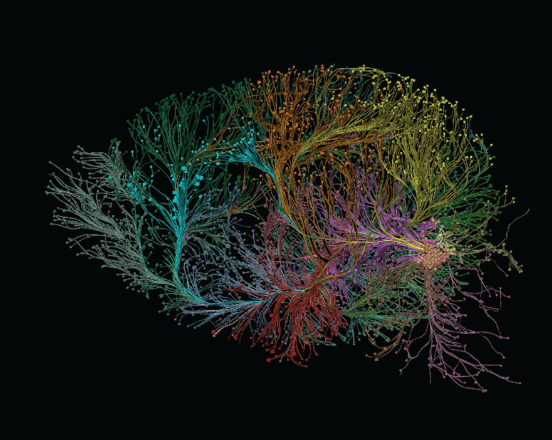
In a recent study published in The Journal of Neuroscience, scientists from Mount Sinai Hospital have discovered that a specific protein called RGS4 (Regulator of G protein signaling 4) may play an important role in maintaining the body’s long-term chronic pain state, which may serve as a novel potential target to help develop new therapies for human chronic pain and other diseases. The study findings or can help clinicians…
E-cadherin Found to Be an Essential Protein for Metastasis of Various Breast Cancers
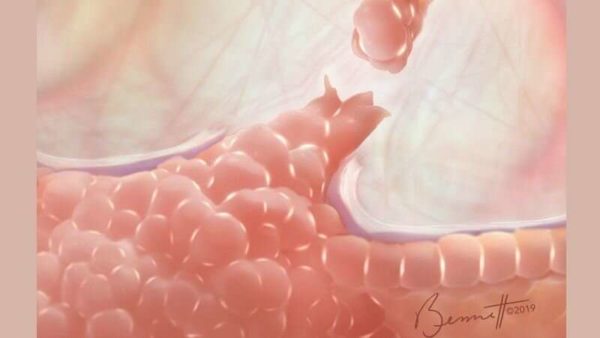
Metastasis is a major cause of death in cancer patients. According to the inverse relationship between migration and E-cadherin levels in vitro, it has been proposed that invasion and metastasis of the surrounding tissues begin after the loss of the intercellular adhesion protein E-cadherin. However, this hypothesis is inconsistent with the observation that the majority of breast cancers are invasive ductal carcinomas and express E-cadherin in the primary tumor and…
TDP-43 and Paraspeckle: Key Factor to Determine Stem Cells Differentiated or Remain Pluripotent
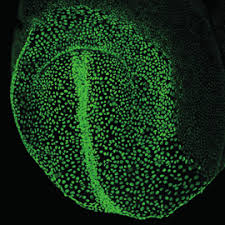
Induced pluripotent stem cells (iPS cells) can be transformed into any cells in the body or maintain their original form. In a new study, researchers from research institutions such as the Helmholtz Center in Germany described how cells decide which of these two directions to choose. In their research, they identified a protein and a ribonucleic acid (RNA) that played a very important role in this process. Their findings also…
New Research Reveals How Light-sensitive Proteins Regulate Skin Tone

A team at Brown University found that Opsin3 is a protein closely related to rhodopsin, a protein that enables low-light vision. It regulates the amount of pigment produced in human skin, which is a determining factor in skin color. When humans spend their time in the sun without proper skin protection, the sun’s ultraviolet (UV) radiation sends a signal to the skin that produces more melanin – which prevents…
The Application in Cancer Diagnosis of Exosomes
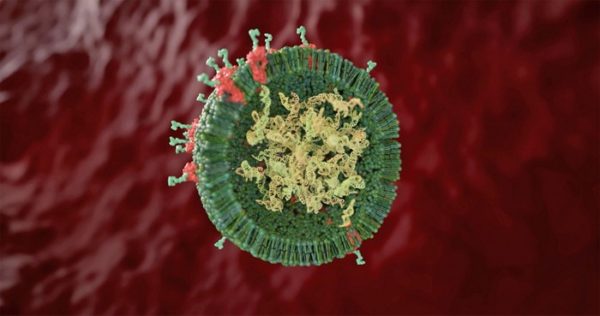
As we know, exosomes are small vesicles secreted by cells. Therefore, exosomes have the characteristics of donor cells and have certain cell specificity. In a large number of studies on exosomes in cancer patients, it has been found that exosomes secreted by cancer cells have characteristic molecules that can be used to distinguish other exosomes, and can be used as molecular markers for cancer diagnosis. At present, the common molecular…
Overview of Formation and Function of Exosomes as well as The Important Role in The Occurrence and Deterioration of Cancer
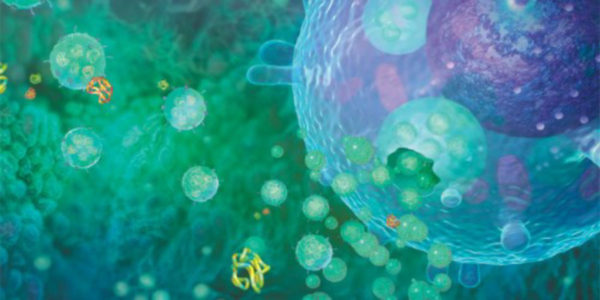
In the early 1980s, researchers discovered exocytosis in normal cells or tumor cells cultured in vitro, and cells secreted vesicle structures with cell membrane characteristics in their culture medium. In 1983, Johnstone found that in vitro cultured sheep stromal erythrocytes excreted small vesicle structures containing transferrin receptors during maturation, they named the small vesicle structure released by the cell as an exosomes. Early detection of exocrine-secreting cells is mainly…
